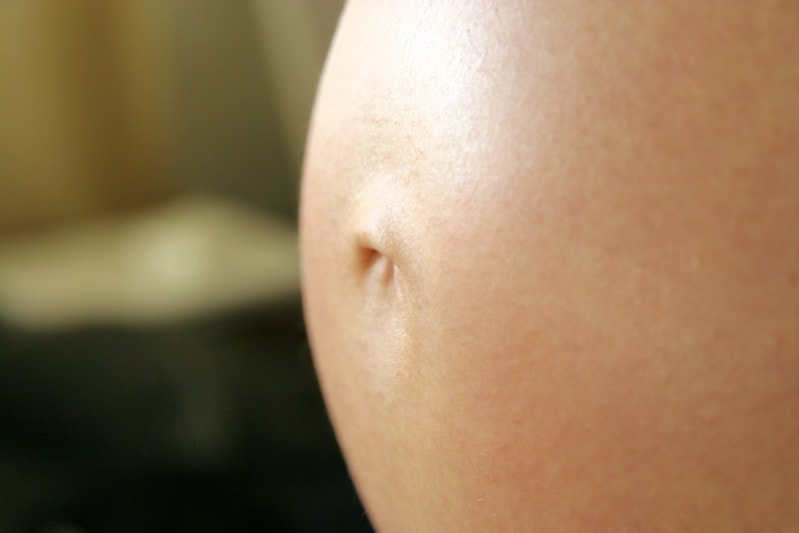|
When a baby is born, the cord blood that’s left inside the umbilical cord is incredibly special. It contains powerful stem cells that can help save lives. Not only is the cord blood effective but so is umbilical tissue. Today, there are families preserving cord blood and tissue for its potential future use by banking it in cryogenic storage.
If you’re a fan of medical dramas, there are episodes on Grey’s Anatomy and Private Practice, both available on Netflix, discussing the masterful use of cord blood. Families would collect and bank the cord blood for potential life saving measures to be used for a sibling or for the donor child. According to the American Health Council (AHC), “Today, stem cells are mainly used in the treatment of disease and in tissue regeneration. They largely come from three sources: cord blood, bone marrow, and peripheral blood. Cord blood stem cells are found in the blood of the umbilical cord.” The cord blood contains hematopoietic stem cells, which have a 30 year history of helping to save lives through transplant medicine. The cord tissue contains mesenchymal stem cells (MSCs) and have the ability to respond to inflammation and help repair tissue damage. Since 1988, cord blood transplants have been used all over the world to treat diseases like sickle cell disease and thalassemia which leads to anemia. Cord blood and tissue is recognized in the month of July to focus on treatments and promote awareness. With the news of COVID-19 uptick, there may be some concerns regarding usage of cord blood in the event that a mother becomes infected with the coronavirus before giving birth. As far as the medical community knows, umbilical cord blood does not contain the virus. Even if the mother is sick during delivery, there’s no indication it will be in the cord blood. There are studies that look for COVID-19 disease transmission between mother and baby and studies that test for signs of COVID-19 in the cord blood. When a person is sick with a respiratory virus, it’s rare for it to show up in the blood. Antibodies from the virus will show up but not the virus itself. For this reason, the FDA permitted blood banks to reopen in order to collect blood from donors. In Wuhan China, a study was conducted with nine pregnant women. All women suffered from pneumonia and had C-sections at the time of delivery. All babies were born in a sterile room with no contact with the mother directly after birth. The researchers collected amniotic fluid, cord blood, and performed neonatal throat swabs on the babies. Breast milk was also collected from the mothers. All samples collected were negative for COVID-19. Parentsguidecordblood.org. Locally, there are cord blood banks at Norton Healthcare, Inc. in Louisville, KY and at ViaCord, LLC. in Hebron, KY which is in northern Kentucky close to Cincinnati, OH. Cord blood and tissue can be collected privately or it can be donated by families to public banks for free to help treat cancer patients. If you’re interested in learning more about storage of cord blood and tissue, go to americanpregnancy.org or any of the other sites mentioned in this article.
1 Comment
9/8/2022 07:41:01 pm
I know something about cord blood can anyone help me to understand why do hospitals take cord blood?
Reply
Leave a Reply. |
Written by
Liz Latta Archives
July 2021
Categories |


 RSS Feed
RSS Feed